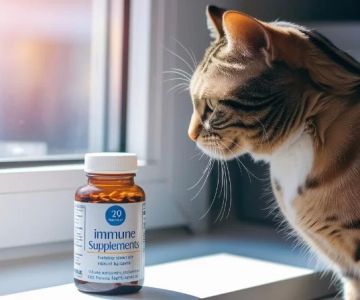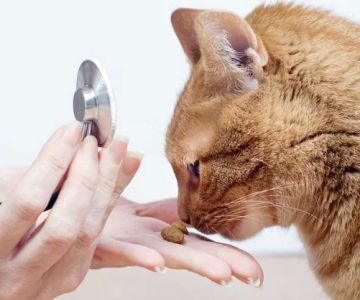How to Choose the Right Pet Food: A Complete Guide for Pet Owners
- 1. Understanding Your Pet's Nutritional Needs
- 2. Evaluating Different Pet Food Options
- 3. How to Read Pet Food Labels
- 4. Selecting the Best Pet Food for Your Pet
- 5. Real-Life Examples: Choosing Pet Food Wisely
- 6. Making an Informed Choice: Tips for Pet Food Selection
1. Understanding Your Pet's Nutritional Needs
Choosing the right pet food starts with understanding your pet’s nutritional needs. Each pet, whether it’s a dog or a cat, has specific dietary requirements based on their age, breed, size, and activity level. Puppies or kittens need more protein and fat compared to adult pets, while senior pets may need food that supports joint health and digestion. Understanding these needs ensures you’re picking food that promotes their overall health and well-being.
2. Evaluating Different Pet Food Options
There are several types of pet food available on the market, including dry kibble, wet food, and raw food. Each option comes with its own benefits and drawbacks. Dry food is convenient and helps maintain dental health, while wet food provides more moisture, which can be beneficial for pets with urinary tract issues. Raw food is often considered the most natural option, but it requires careful handling and storage. Evaluating the pros and cons of each type will help you make a better decision for your pet.
3. How to Read Pet Food Labels
Understanding pet food labels is crucial for making an informed decision. Look for foods that list high-quality protein sources like chicken or beef as the first ingredient. Avoid fillers such as corn or soy, which provide little nutritional value. Additionally, consider the inclusion of essential vitamins, minerals, and fatty acids that support your pet’s immune system, skin, and coat health. Always choose food that is formulated to meet the specific life stage and health needs of your pet.
4. Selecting the Best Pet Food for Your Pet
When selecting the best pet food, it's essential to choose a brand that prioritizes quality ingredients and nutrition. Look for foods that have been tested and approved by veterinary professionals. It’s also important to consider your pet’s preferences, as some pets may be picky eaters. The best pet food will cater to both their taste and nutritional needs. Opting for food from a reputable brand can give you peace of mind that you're feeding your pet the best possible option.
5. Real-Life Examples: Choosing Pet Food Wisely
Let’s look at a real-life example: A cat owner named Sarah struggled with finding the right food for her older cat, Bella. Bella had a sensitive stomach and often experienced digestive issues. After consulting with her vet, Sarah learned that Bella needed a grain-free food with a focus on easily digestible proteins. By switching to a specialized senior cat food, Bella’s health improved significantly, and Sarah felt confident in her choice. This story highlights the importance of understanding your pet’s unique needs and consulting with professionals to make the right choice.
6. Making an Informed Choice: Tips for Pet Food Selection
Making the right choice for your pet requires careful consideration. Always take the time to research brands, read labels, and consult with your vet. Here are some tips to guide you:
- Consider your pet’s age, breed, and health conditions when choosing food.
- Look for food that contains high-quality protein as the first ingredient.
- Choose food that meets your pet’s specific dietary needs and life stage.
- Consult with your vet if you have concerns or need recommendations.
- Monitor your pet’s reaction to the food and adjust if necessary.
By following these steps, you’ll be well on your way to choosing the right pet food that supports your pet’s long-term health and happiness.
If you’re still unsure about which pet food to choose, visit Hidden Brook Veterinary for expert advice and recommendations tailored to your pet’s unique needs. We’re here to help you make the best decision for your furry friend!










